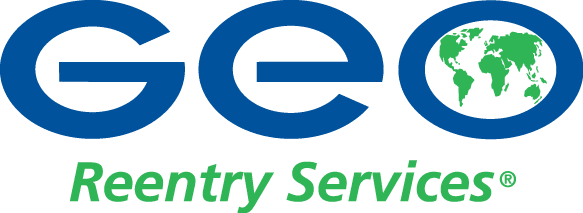
By John Hogan and Annette Garcia
Continuous Quality Improvement is a progressive incremental improvement of processes, safety, and participant care. The goal of CQI may include improvement of operations, outcomes, system processes, improved work environment or regulatory compliance. Process improvement may be “gradual” or “breakthrough” in nature. Within GEO Reentry’s programs, we are consistently seeking opportunities to ensure we are enhancing public safety, increasing accountability, and reducing recidivism by providing the highest quality of care for our participants. CQI is critical tool in this pursuit.
Using CQI methods and tools, our programs can begin to identify goals. The aim of these goals can be guided by accepted research, verified by meta-analysis. The examination of data from several independent studies of the same subject is essential to determine an overall trend. The goals can also be guided by data. Measuring outcomes allows our programs to become more responsive to the needs of our participants. Data also help generate ideas for program enhancements. Once goals are set, establishing outcomes to measure help us determine if our goals have been achieved, our goals need to be revised, or if the change may not meet a desired outcome.
There are several CQI tools available to us as we work towards specific goals. One tool is a Root Cause Analysis (RCA). An RCA provides a systematic method of identifying existing barriers or causes involved in achieving a goal or intended outcome. An RCA also helps us answer critical questions, including: “What is the problem in the system and how did we get here?” If the aim of a program is to improve participant engagement in groups, understanding how low engagement begins is an important question to answer. Driver Diagrams aim to answer the follow-up question, “What’s the goal of the system and how do we go there?” If we’ve identified improving engagement is important to a program, know developing plans to accomplish the improvement is the next step.
As goals are identified, an accepted practice in testing your goals, action steps, and data, is a Plan-Do-Study-Act cycle or PDSA.
- Plan: Study the process, the problem, and opportunities available to address it.
- Do: Make a change that can be monitored for systemic effects over a set amount of time.
- Study: Compare expectations to outcomes. Did the change in the process work? How well?
- Act: Keep, reject, or modify the change. Expand scale or scope of change or combine without changes to continue the cycle.
Beginning in 2021, GEO Reentry Services has participated in a CQI project in Philadelphia. The focus of the Philadelphia PDSA has been to improve treatment initiations and engagement for individuals with Opiate Use Disorders who are Black, non-Hispanic. Improvements of initiation and engagement can achieve life altering or lifesaving results, support families struggling with care for their loved ones, and be part of bringing access to treatment for those reluctant to seek help. GEO Reentry selected several change areas to address our goals, including:
- We began providing lead reminder calls to all individuals with upcoming services.
- We provided reminder cards, details the next treatment events.
- We initiated a resource guide for intersectional support groups that are distributed at initiation.
These change ideas were the result of brainstorming sessions, discussion, then selection by our team to achieve the desired goals. Everyone on the GEO Reentry team is committed to these goals and has a role in their success. We continue to study the data since implementing these changes—and act on the results to continue to the CQI process. We believe in Changing Behavior, Changing Lives. Doing so means being innovative and finding solutions. Caring for others demands nothing less.
Annette Garcia is Program Director at GEO Reentry’s Erie Outpatient Treatment Center. John Hogan is Area Manager for GEO Reentry Services.
